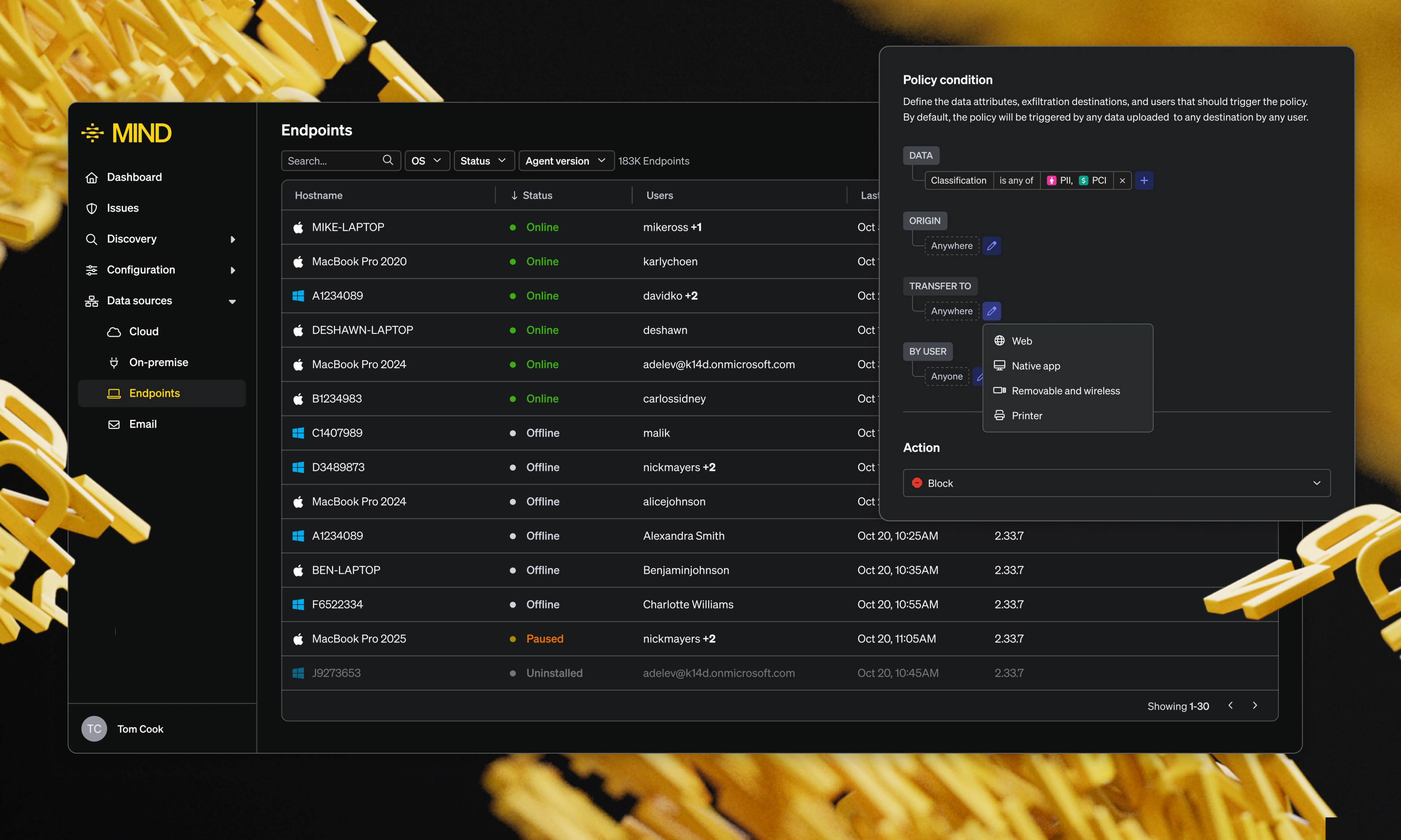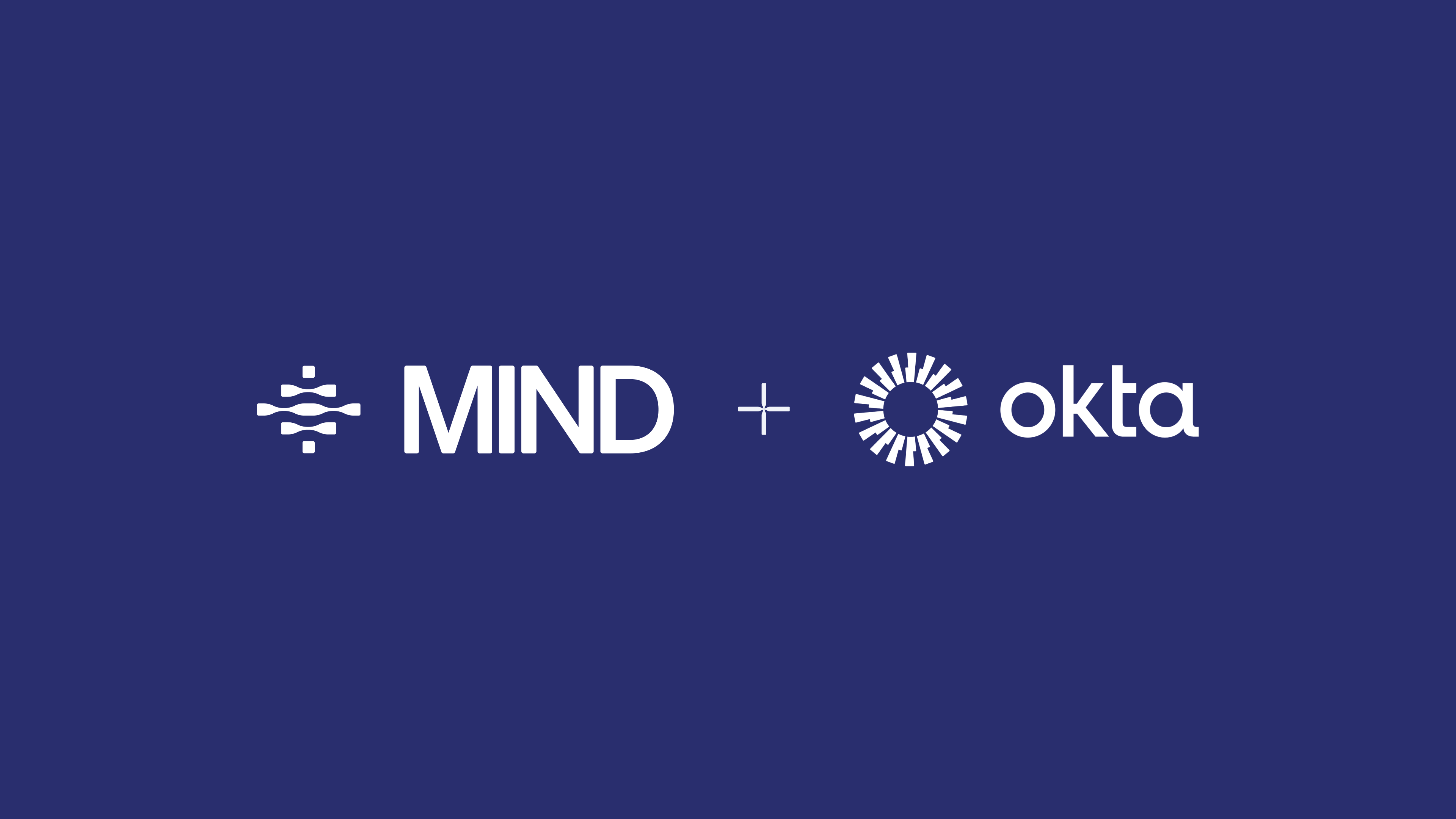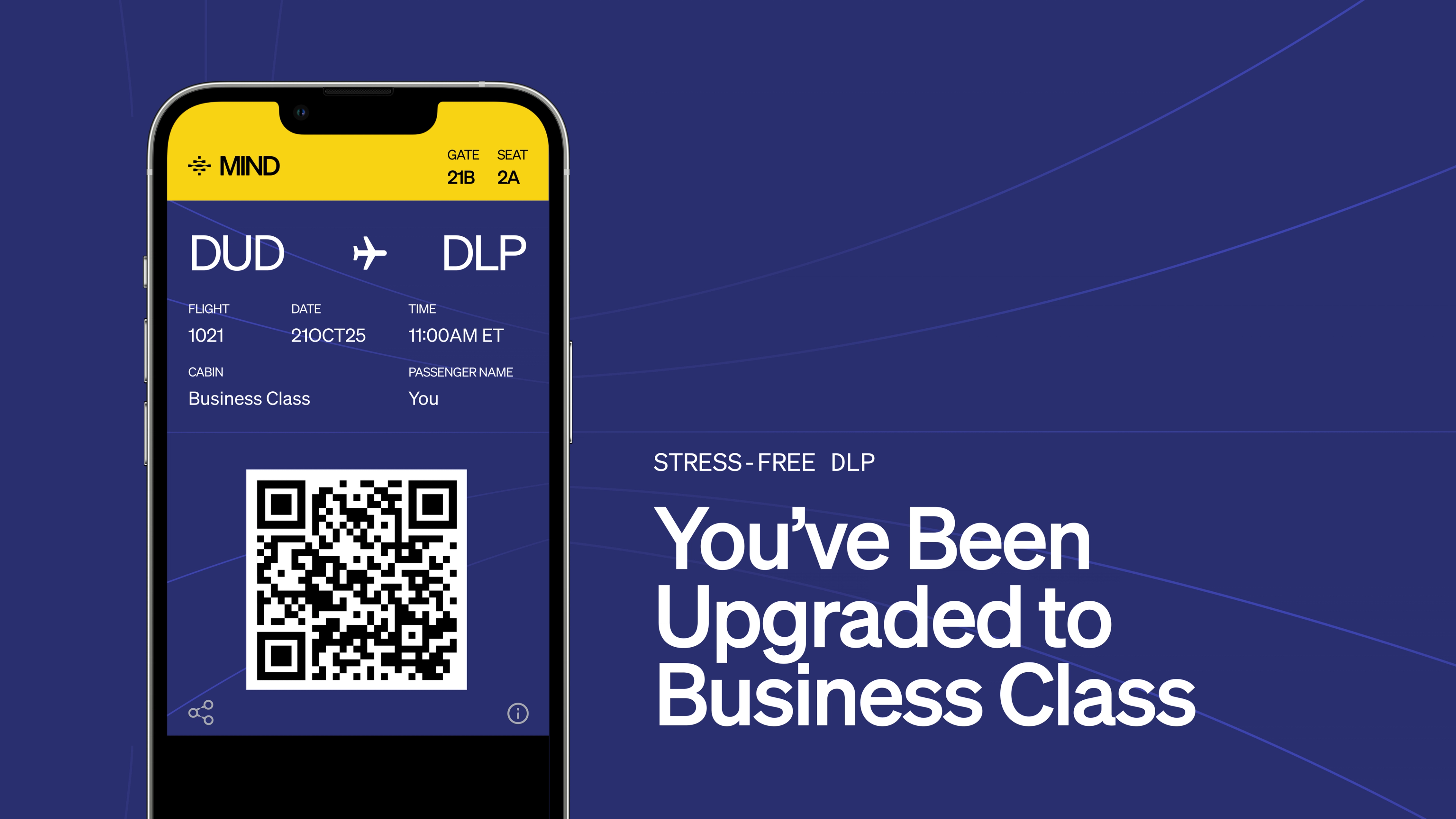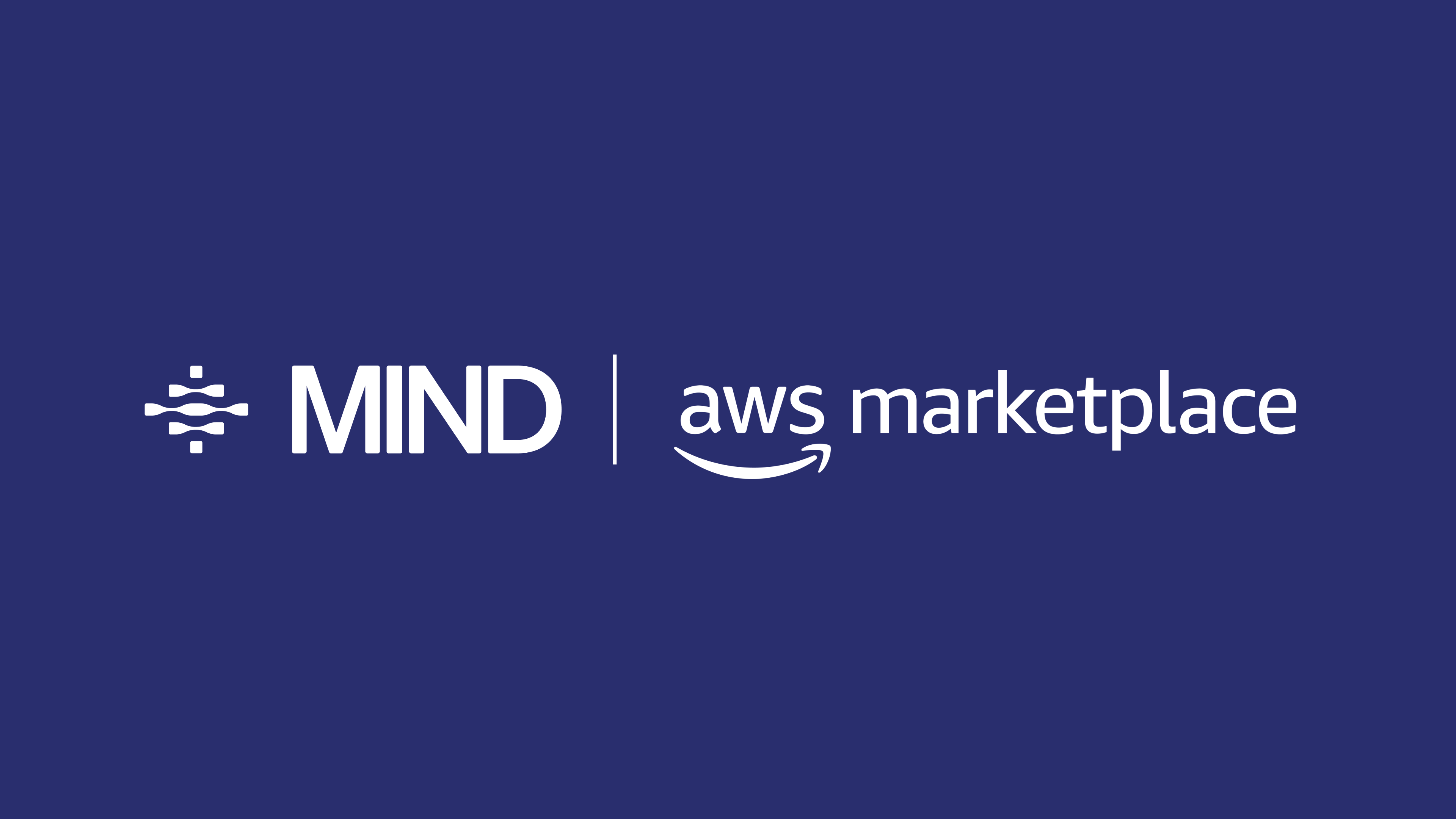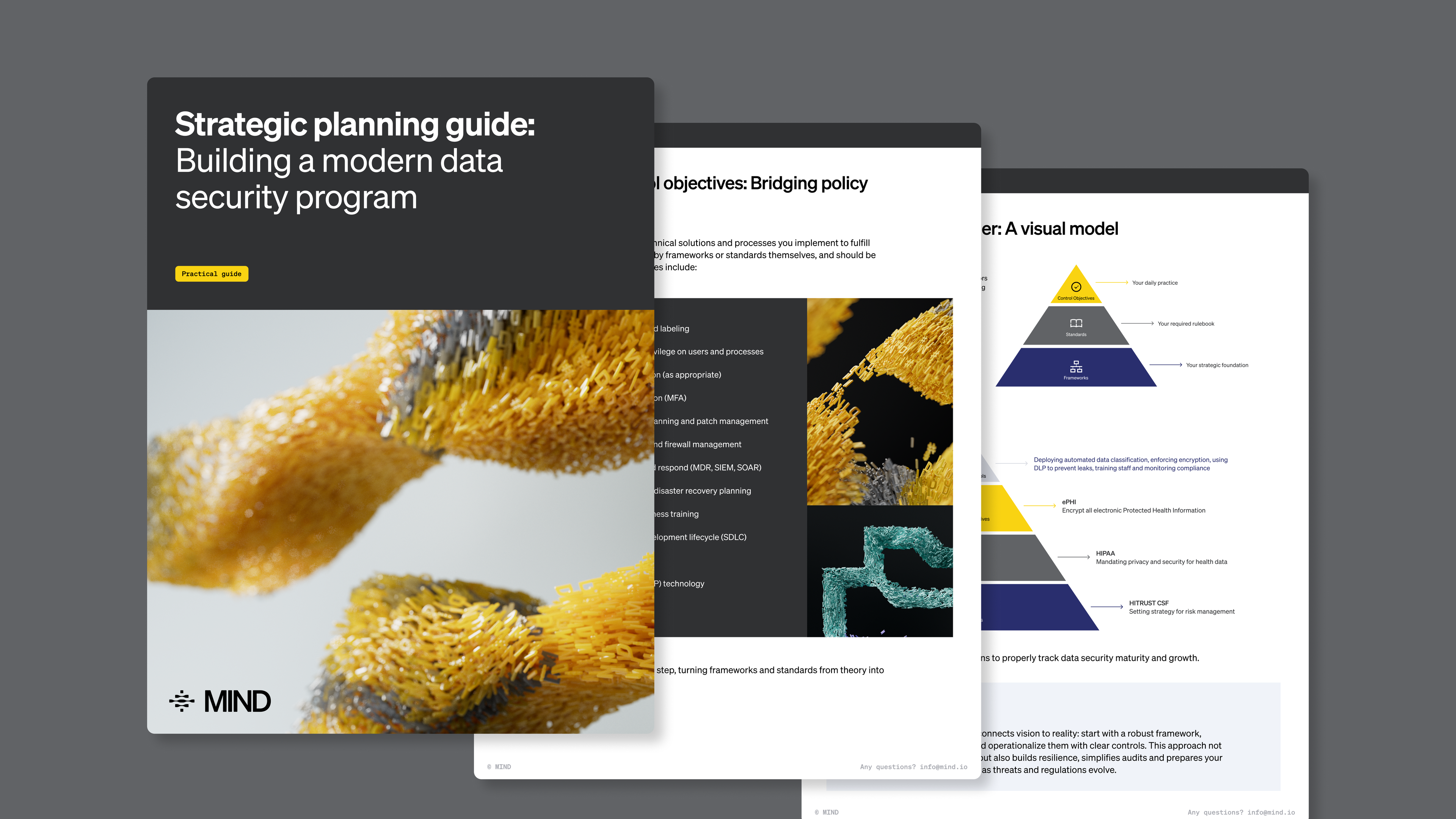DLP (Data loss prevention) solutions have been critical components of the organizational cybersecurity stack for years, becoming increasingly vital since the digital transformation and the cloud revolution.
With remote work, the explosion of data traveling across environments and a growing number of applications, endpoints and workflows, connecting the dots and finding context to understand where sensitive data resides, how it’s used - and most importantly, preventing its loss - has become a virtually impossible endeavor.
“DLP programs are really an integral part of having an effective security program. It's just a moment where it's really challenged where you have an explosion and growth in terms of the amount of data you have, how you discover it effectively, how you classify it effectively, and how you actually apply prescriptive controls in a uniform way across the environment.”
Ryan Fritts
Chief Information Officer, Everon
Legacy DLP shortcomings and why DLP programs fail
Conventional DLP solutions were designed to ensure the security of data within centralized locations and on-prem infrastructure, while after the cloud revolution, these legacy solutions left security silos that led to blind spots and data loss. These tools are also unable to effectively and credibly scale at cloud speed and contend with constantly evolving regulations, requirements and new technologies. Despite these shortcomings, DLP tools remain cornerstones of most organizations’ cybersecurity and strategic compliance frameworks, because of heightened risk and enduring security gaps.
That being said, DLP tools cannot remain patchwork solutions that provide partial protection, at best. They must rise to the challenges of the modern work environment and evolve accordingly, to provide organizations with increased visibility, comprehensive coverage and precise loss prevention while leveraging AI and LLMs to automate and streamline existing manual processes.
“There are three reasons why DLP programs fail. One, the coverage is not complete, meaning there are channels that data can leave the organization that aren't covered by the existing tools, policies and standards, such as SaaS apps, web browsing, endpoints, emails and more. Two, there's a lot of overhead in managing existing DLP tools and a lot of times the amount of resources that have to be dedicated to this is more than an organization may even have available to it. And the last reason is folks get overwhelmed with the number of false positives and false negatives that come out of the DLP tools and they end up spending way too much time triaging every single one of those alerts, even though only a very small percentage of them are an actual issue.”
Bradley Schaufenbuel
Chief Information Security Officer, Paychex
85%
of organizations suffered at least one data loss incident in the past year
90%
of all new enterprise data is unstructured data, growing 3x the pace of structured data
When considering your security strategy, DLP is an area you can’t afford to overlook. Here are several reasons why we’re turning up the volume to eleven on DLP (an ode to Spinal Tap):
1
Escalating Cybersecurity Threats
The ever-growing sophistication of malicious actors, cyber threats and data breaches demands that each organization deploy a robust security stack. Modern DLP solutions help prevent data leaks, unauthorized access and breaches by monitoring and controlling data movement in more IT environments than ever before - across SaaS apps, on-premises file shares, endpoints and email systems.
2
Insider Threats
Malicious or negligent insiders pose a significant risk, especially in a world of Shadow IT and BYO devices and apps. Modern DLP detects anomalous behavior, unauthorized transfers and policy violations, mitigating insider threats whether intentional or not.
3
Reduces Costs
Data breaches are expensive. Managing and paying for multiple tools, and the people to support those tools, is expensive. Modern DLP reduces financial losses by preventing incidents and minimizing damage when they occur. In addition, Modern DLP helps to unify the management of legacy DLP siloed tools with a centralized platform with unified policies and processes to stop data leaks across IT environments, simplifying your data security program.
4
Regulatory Compliance
Stricter data protection regulations, such as GDPR, HIPAA and CCPA, require organizations to safeguard sensitive information. While traditional DLP tools struggled to align their offering to evolving regulatory standards, Modern DLP solutions check the compliance box and ensure compliance by preventing accidental or intentional data exposure. These new tools enable effective investigations to maintain compliance and help manage audits.
5
Sensitive Data Proliferation
Organizations handle vast amounts of sensitive data—customer records, financial information, intellectual property, etc. Modern DLP helps track and secure this data across SaaS apps, on-premises file shares, endpoints and email systems while in motion, in use or at rest. In particular, Modern DLP will scan archives and long-forgotten (and neglected) file shares and apps for sensitive data that should be protected if retained and deleted if not needed anymore. Conventional DLP tools are typically reactive to data leaks (detect violations with sensitive data in motion and in use), while Modern DLP solutions can be both proactive (scan data at rest) and reactive.
6
Data Discovery and Classification
Modern DLP is needed more than ever to help discover and classify diverse sensitive data, especially in unstructured formats. Automated classification powered by AI ensures proper classification and handling based on data sensitivity, especially for novel sensitive data types beyond social security numbers, credit card numbers, etc. that traditional DLP tools focused on. Think cloud credentials, trade secrets, intellectual property, personally identifiable information (PII), protected health information (PHI), financial statements and much more sensitive data types that matter most to your organization.
7
Cloud Adoption
As more and more businesses embrace more and more cloud services, Modern DLP becomes crucial to providing visibility and maintaining control of your sensitive data. It protects sensitive data in cloud storage, collaboration tools and SaaS apps, while ensuring consistent and uniform security across these and other IT environments such as on-premise file shares, endpoints and emails.
8
AI is embedded more than ever
AI apps are setting a new precedent in helping organizations be more effective and efficient, however, they are new sources of data leaks, especially when your users are uploading sensitive data to them. Modern DLP can help monitor and detect policy violations with this new data leak vector.
9
Remote and Hybrid Work
The rise of remote and hybrid work environments necessitates data protection beyond traditional office boundaries. Modern DLP helps secure sensitive business data no matter where it’s being used, accessed and shared.
10
Automated and Effective Remediation
Your security team most likely dealt with many false positive DLP alerts, a lack of context to make informed decisions and a lack of tools to take effective and orchestrated action across diverse IT environments. Modern DLP prevents the exposure of confidential data by taking automated actions through smart workflows wherever and whenever a policy violation occurs.
11
User Education and Awareness
Modern DLP helps your security program by educating users in near real-time about data handling best practices and organization policies. Regular alerts, via modern collaboration tools like Slack, Google Chat and email, and policy enforcement enhance security awareness while preventing data leaks.
Modern DLP is needed now, more than ever
Ensuring that your organization has a robust DLP strategy that can provide a comprehensive inventory of your data with context, classification and protection for your most sensitive data assets must be a pillar in any foundational security posture. While DLP may get a bad rap from failed deployments and lack of innovation, modern DLP solutions are the new generation of data protection that is needed now, more than ever.
We believe that legacy DLP is dead, so we’ve created the MIND platform for organizations that need to protect their sensitive data, but lack the resources and people. Static policies and rules lead to numerous false positives and missed data leaks due to the lack of context around the data and become really hard to manage over time.
Our risk-based, context-aware approach to data security will help your team focus on what matters most, prioritizing potential incidents with the highest risks across diverse IT environments such as SaaS apps, endpoints, on-premise file shares and emails.
Get a demo today to see how we can help your organization mind what matters.
